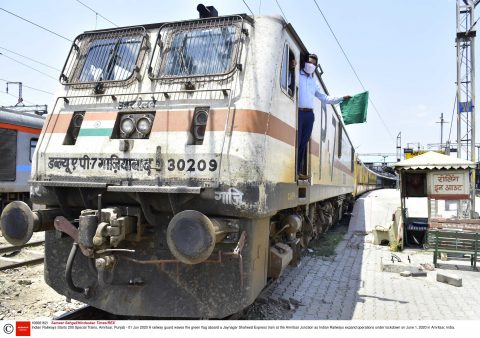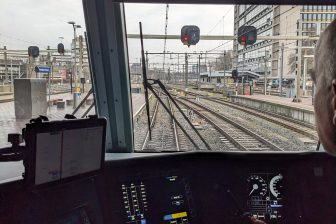
Indian Railways embrace European signalling system
Photo: Sameer Sehgal/Hindustan Times/REX
Although the name European Railway Traffic Management System (ERTMS) suggests otherwise, the rollout of the new train protection system is not limited to Europe. All over the world railways are working on variations with ERTMS as a starting point. In India, among others, a memorandum of understanding has now been signed for the start of a pilot on four routes.
Want to read more?
You have read all of your free premium articles for this month. Please become a subscriber to keep reading.
Subscribe now!
Take advantage of our exclusive offer to get full access to all premium content.



